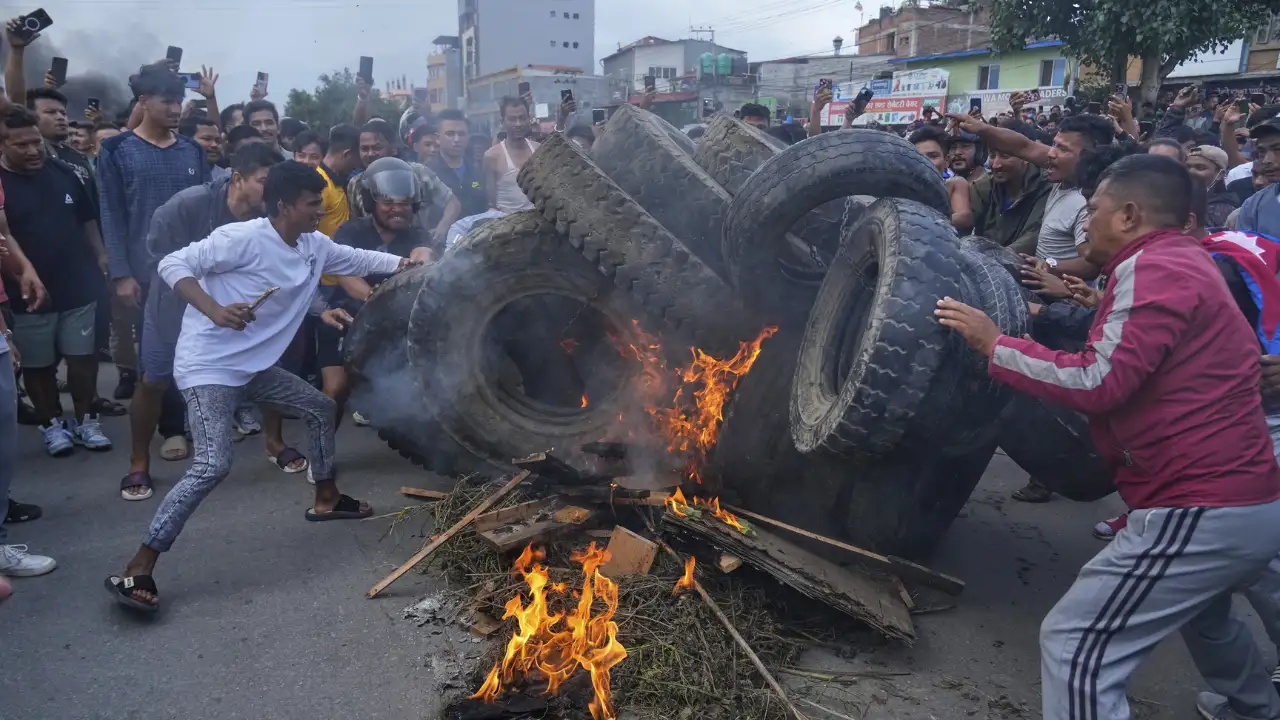By Anurag Kumar
Copyright timesnownews

In an unexpected turn of events, Nepal’s Prime Minister KP Sharma Oli resigned on Tuesday following massive protests led predominantly by Gen Z citizens opposing the government’s controversial ban on several social media platforms. The government soon rolled back its order, but the protests did not subside. Instead, they gathered renewed momentum, now targeting endemic government corruption and, more fundamentally, the country’s chronic economic failures. While the social media ban may have sparked the protests, the root cause lies deeper — in a faltering economy that has been struggling for years. A Bleak Economic Landscape Nepal’s economic distress is glaringly evident in its persistently high unemployment, which stood at 10.7% in 2024, remaining above 10% for over three decades. This is starkly higher than the 4.3% South Asian average and 4.9% global rate, as per World Bank data. Also Read: Gen Z Protesters Force China’s Key Ally Nepal PM Oli Out – Why is Beijing Silent on the Deadly Protests? Per capita GDP paints an equally bleak picture: at just Intl$5,737 in 2024, Nepal’s economic output remains about half the regional average and merely a quarter of the global benchmark. Investment trends further underline the crisis. The country’s gross fixed capital formation, a key measure of investment, fell from 33.8% of GDP in FY2014 to 24.45% in 2024, according to Nepal’s Finance Ministry. Meanwhile, public debt spiraled from 26.54% of GDP in 2018 to 42.65% in 2024, yet failed to translate into productive investment. Capital expenditure collapsed from 7.83% to just 3.36% of GDP, while financing expenditures increased from 3.46% to 4.64% of GDP, reflecting growing fiscal pressure rather than economic growth. What About India-Nepal Trade? India, Nepal’s largest trading partner, has been a vital economic lifeline. In FY25, India’s exports to Nepal reached $7.32 billion, compared to $1.2 billion in imports, creating a substantial trade surplus. Key exports include petroleum products, vehicles, machinery, electrical equipment, and food items. However, the recent political crisis now poses serious risks to this trade relationship. “Any disruption in transport routes, customs operations, or cross-border logistics could delay shipments, impacting both Indian exporters and Nepali consumers who rely on these goods,” said Ajay Srivastava, co-founder of the Global Trade Research Initiative (GTRI). “At present, the protests are limited to Kathmandu, the capital city. However, if they spread to other cities, the trade routes could be disrupted as the majority of goods destined for Nepal are transported by road,” added Srivastava. The Road Ahead Nepal’s political instability layers further uncertainty onto an already fragile economy. With rising public debt, declining investment, and a heavy reliance on Indian trade, the current crisis threatens not just Nepal’s future but the stability of regional economic dynamics. As protests continue and leadership shifts, the focus is now on whether Nepal can stabilise politically and economically, or slide deeper into uncertainty, posing broader risks for South Asia’s geopolitical and economic fabric.



